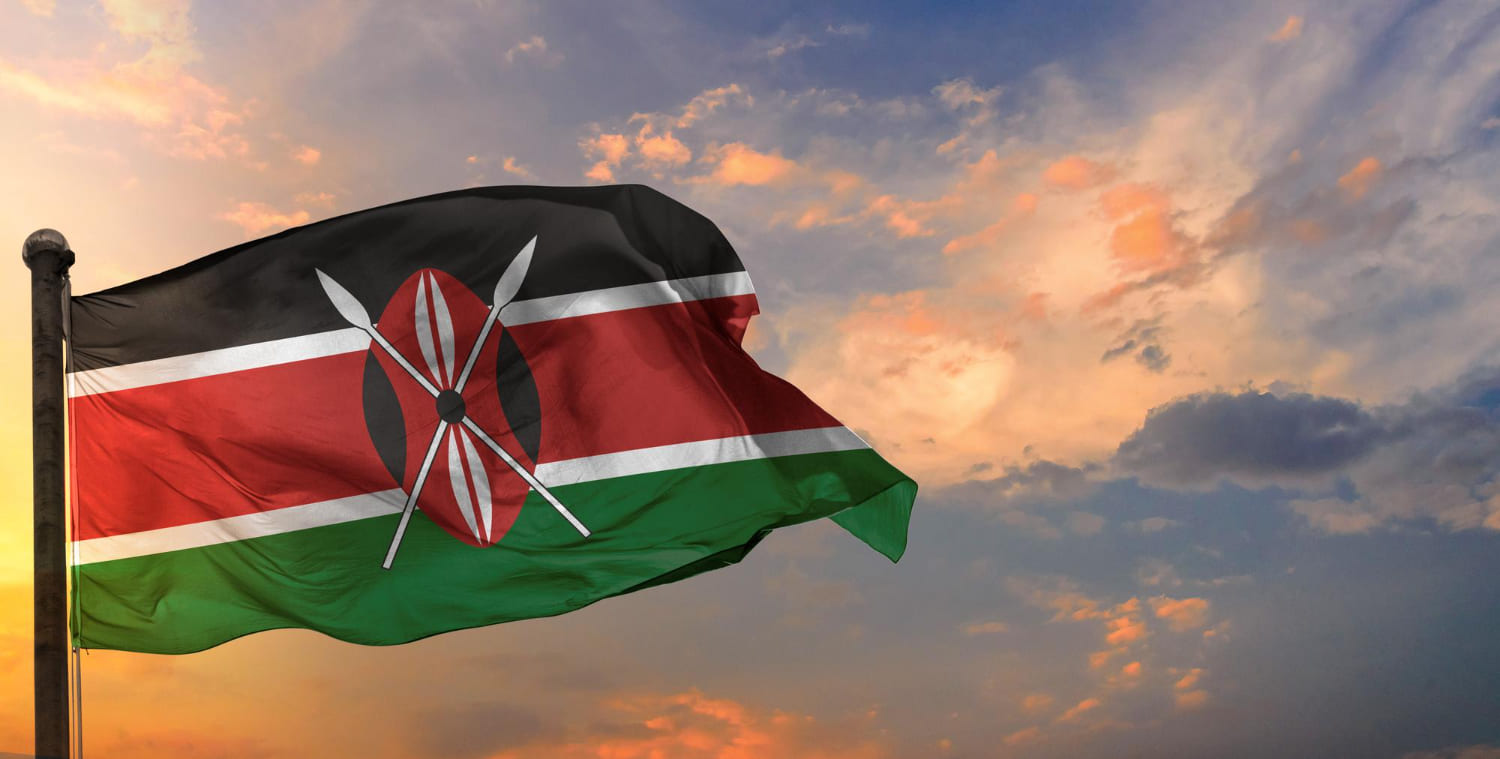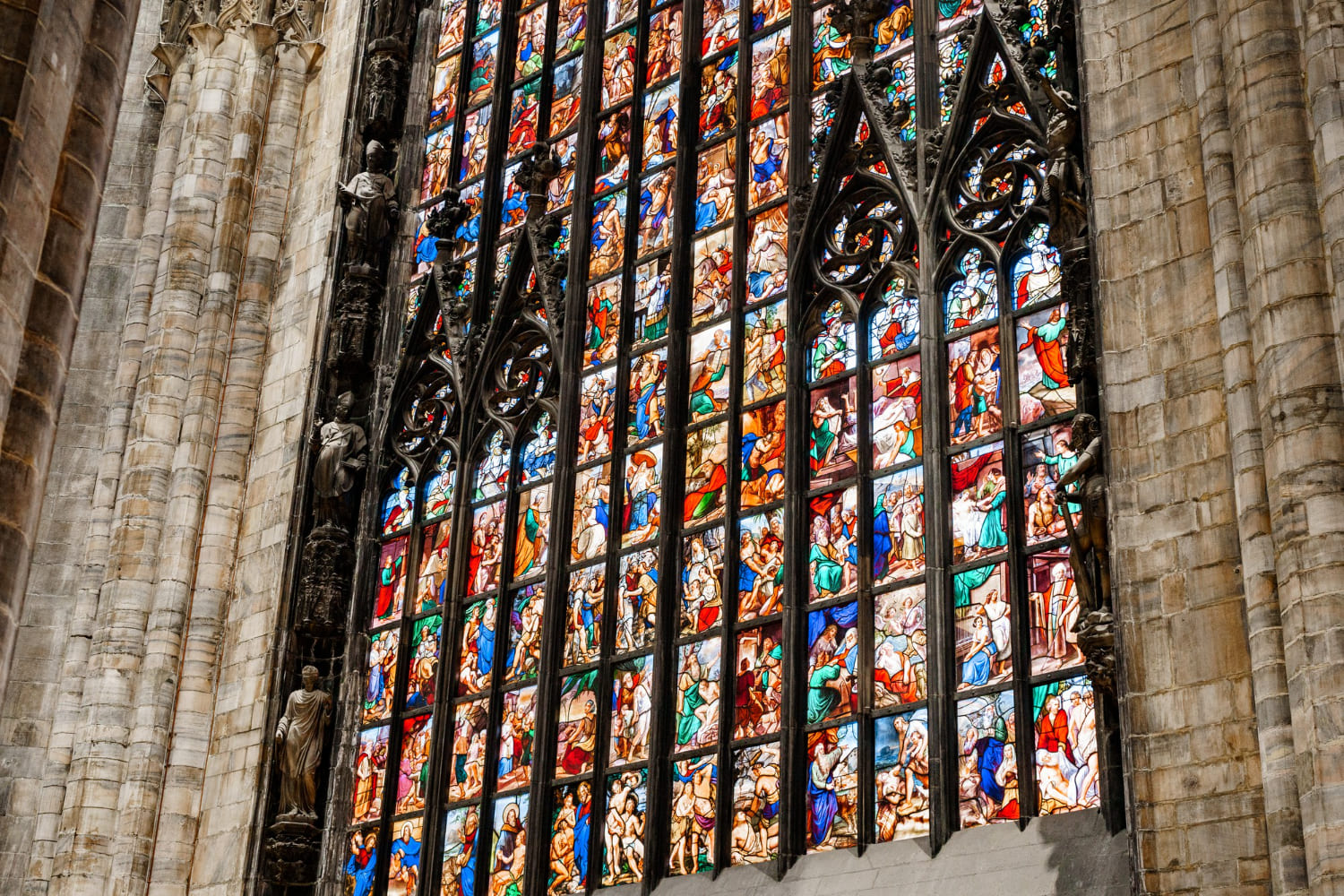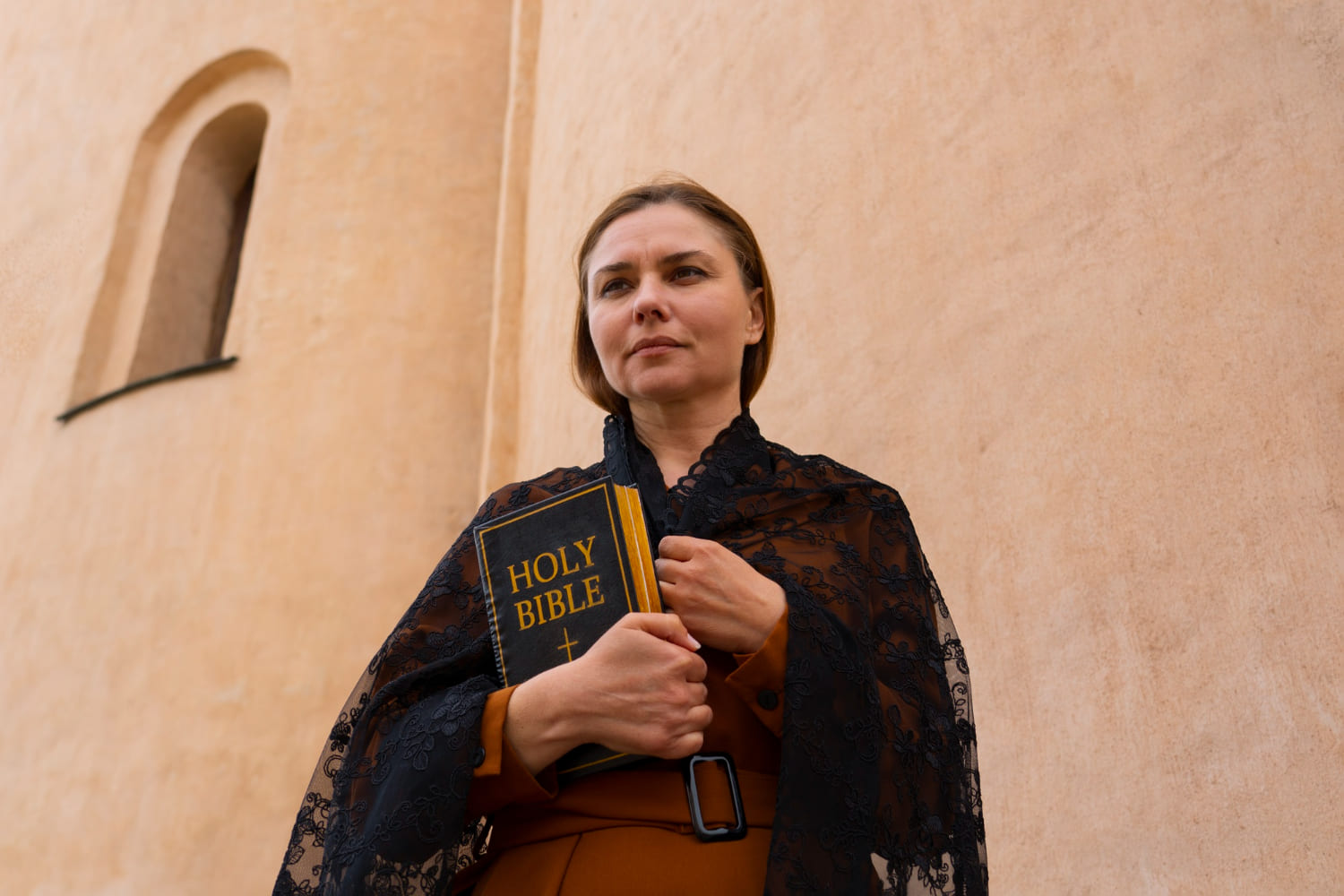Religion plays a significant role in American society, with a wide range of beliefs and practices represented across the country.
As of 2025, Christianity remains the dominant religion in the United States, with approximately 65% of adults identifying as Christian.
However, the country is becoming increasingly diverse in terms of religious affiliation, with significant growth in non-Christian religions such as Islam, Hinduism, and Buddhism.

According to recent surveys, the number of Americans who identify as religiously unaffiliated, or “nones,” has also been on the rise in recent years.
In 2019, approximately 26% of adults identified as religiously unaffiliated, up from 17% in 2009.
This trend is particularly pronounced among younger generations, with approximately 40% of millennials identifying as “nones.”
Despite these changes, religion remains a significant aspect of American life, with religious institutions and practices playing an important role in many communities across the country.
- Overview of Religions in the United States
- Historical Context
- Major Religions and Denominations
- Religious Freedom and the Constitution
- Demographics and Statistics
- Population by Religion
- Trends and Changes Over Time
- Geographic Distribution of Religions
- Religious Practice and Influence
- Religious Observance and Attendance
- Role of Religion in Society and Politics
- Interfaith Relations and Dialogue
- Ecumenical Movements
- Interreligious Cooperation
Overview of Religions in the United States

Historical Context
The United States has a rich history of religious diversity, with a wide range of religious traditions practiced throughout the country.
While the majority of Americans identify as Christian, there are also significant populations of other faiths, including Judaism, Islam, Buddhism, Hinduism, and Sikhism, among others.
Religious diversity in the United States has been shaped by a variety of factors, including immigration, colonialism, and the spread of religious movements.
Throughout the country’s history, religious groups have often faced discrimination and persecution, but the United States Constitution’s First Amendment guarantees freedom of religion, allowing individuals to practice their faith without fear of persecution.
Major Religions and Denominations
Christianity is the largest religion in the United States, with approximately 70% of the population identifying as Christian.
Within Christianity, there are a variety of denominations, including Protestantism, Catholicism, and Orthodox Christianity.
Protestantism is the largest Christian denomination in the United States, with Baptists, Methodists, and Pentecostals being some of the largest Protestant groups.
Other major religions in the United States include Judaism, Islam, Buddhism, Hinduism, and Sikhism.
Judaism is the second-largest religion in the United States, with approximately 2% of the population identifying as Jewish.
Islam is the third-largest religion in the United States, with approximately 1% of the population identifying as Muslim.
Buddhism, Hinduism, and Sikhism each make up less than 1% of the population.
Religious Freedom and the Constitution
Religious freedom is a fundamental right protected by the United States Constitution.
The First Amendment to the Constitution guarantees freedom of religion, prohibiting the government from establishing an official religion and protecting individuals’ right to practice their religion freely.
This protection has allowed for a wide range of religious traditions to flourish in the United States, and has been a cornerstone of the country’s religious diversity.
Demographics and Statistics
Population by Religion
Christianity is the largest religion in the United States, with over 229 million adherents, comprising 70% of the total population.
The second largest religion is Judaism, with over 4 million adherents, comprising 1.2% of the total population.
Islam is the third largest religion, with over 3.5 million adherents, comprising 1.1% of the total population.
Other religions with significant populations include Buddhism, Hinduism, and Sikhism.
Trends and Changes Over Time
Over the past few decades, there has been a decline in the percentage of Americans who identify as Christians.
The percentage of Americans who identify as Christians is projected to decrease from 70.6% in 1972 to 62.1% in 2020 and 45% in 2070.
The percentage of Americans who identify as religiously unaffiliated is projected to increase from 5.1% in 1972 to 26% in 2020 and 40% in 2070.
Geographic Distribution of Religions
Christianity is the dominant religion in all regions of the country, but there are variations in the percentage of Christians in different regions.
The Northeast has the lowest percentage of Christians (59%), while the South has the highest percentage of Christians (78%).
Islam is more prevalent in the Northeast and the West, while Buddhism is more prevalent in the West and the Northeast.
Religious Practice and Influence
Religious Observance and Attendance
Religious observance and attendance have declined in the United States in recent years.
In 2007, 39% of respondents reported attending religious services at least once a week, compared to 31% in 2014.
The decline was particularly pronounced among younger generations, with only 27% of millennials reporting weekly attendance in 2014.
The same survey found that religious observance and attendance varied widely by religious affiliation.
For example, 70% of Jehovah’s Witnesses reported weekly attendance, compared to 45% of Catholics and 27% of mainline Protestants.
Role of Religion in Society and Politics
Religion has played a significant role in shaping American society and politics throughout its history.
According to a survey conducted by the Public Religion Research Institute, 69% of Americans believe that religion is losing influence in American life.
However, religion still plays an important role in many areas of American life, including politics.
The same survey found that 40% of Americans believe that religious leaders should have at least some influence on political matters, while 54% believe that religious leaders should stay out of politics altogether.
The survey also found that religious affiliation is a strong predictor of political beliefs and voting behavior.
For example, white evangelicals are more likely to identify as Republicans and to support conservative policies than other religious groups.
Overall, the role of religion in American society and politics is complex and multifaceted. While religious observance and attendance may be declining, religion still holds significant influence in many areas of American life.
Interfaith Relations and Dialogue
Interfaith relations and dialogue have become increasingly important in the United States as the country has become more religiously diverse.
The goal of interfaith dialogue is to promote understanding and respect between people of different faiths and to work towards common goals.
Ecumenical Movements
Ecumenical movements are efforts to promote unity and cooperation between different Christian denominations.
These movements seek to overcome historical divisions and theological differences in order to work together towards common goals.
The National Council of Churches is one example of an ecumenical movement in the United States.
Interreligious Cooperation
Interreligious cooperation is similar to ecumenical movements, but it involves cooperation between people of different faiths, not just different Christian denominations.
Interfaith dialogue is an important part of interreligious cooperation. It involves open and respectful communication between people of different faiths in order to promote understanding and respect.
Many organizations in the United States work to promote interreligious cooperation, including Religions for Peace USA and the Interfaith Youth Core.
These organizations work to bring people of different faiths together to work towards common goals, such as promoting peace and social justice.
In summary, interfaith relations and dialogue are essential for promoting understanding and respect between people of different faiths in the United States.
Ecumenical movements and interreligious cooperation are important ways to achieve this goal and many organizations are working towards this end.







